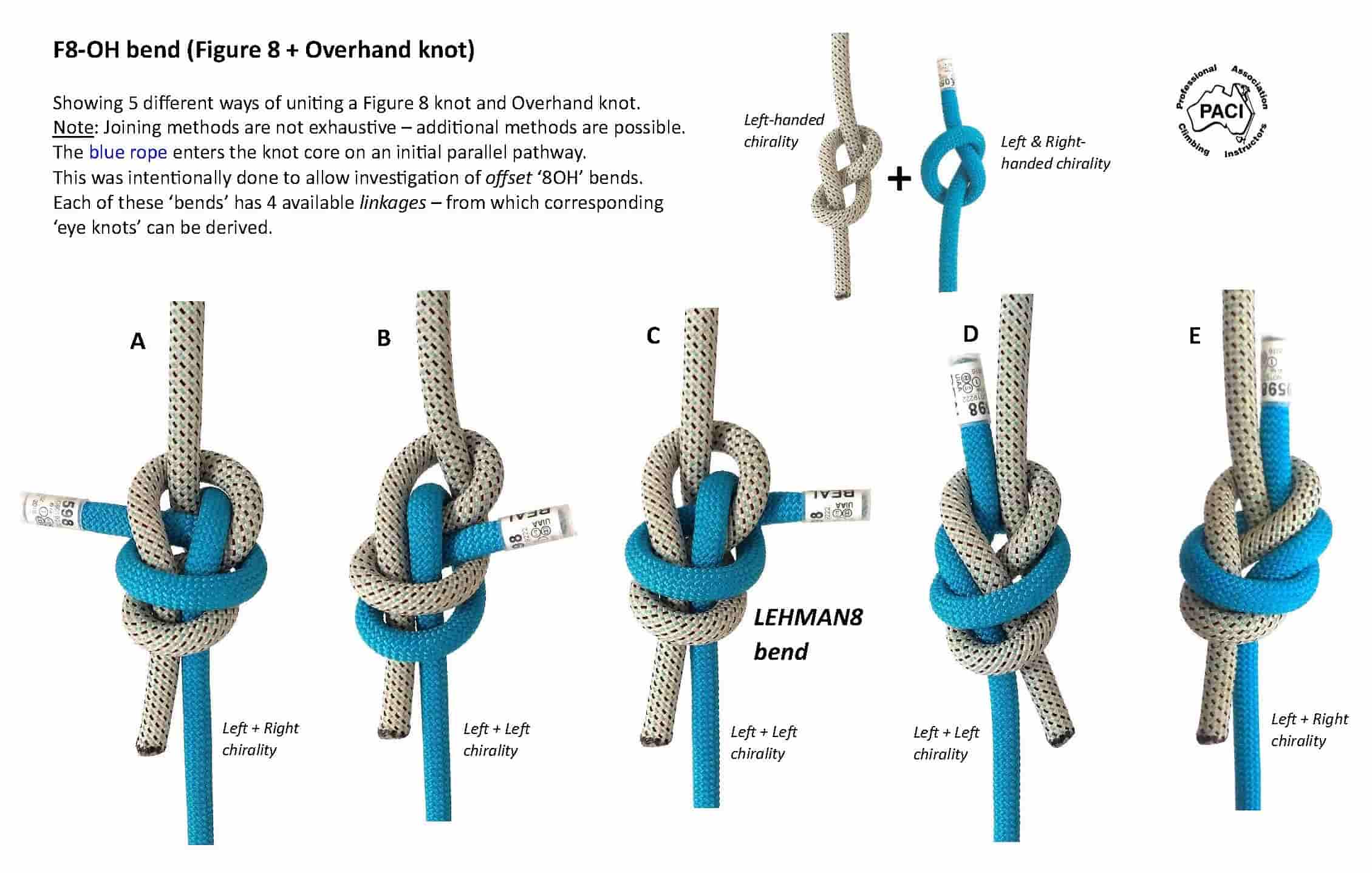Well, an F8 is amphichiral, so … . All I’ll say now is
“I look forwards to your two sets of derived EKs for resp. D/E.”
I don't see any 'tangles' either.
A tangle isn't a repeatable geometric outcome - it is something random.
All of these geometric integrations are deliberately and intentionally tied.
Spare us this diversion --we've suffered enuff already.
"Tangle" per its use in knots discussions has specific, technical
senses --at least as by the late (COVID, alas) John H. Conway
& differently by me. "Entanglement" & "intersplicing/-weaving"
and other terms could do but are longer than the simple two syllables.
In short, it means the knotted-together, "nub/core" part of what is
commonly called a "knot", bereft of any particular loading. (And,
alas, this can lead to some awkwardness & challenges --in trying
to have a loading-irrelevant state but yet ... enable a variety of
loadings for that state.)
And so you show Tangles insofar as we ignore their knot-defining
Loading Profiles. You’ll be looking to put on those profiles for
defining EKs, essentially, by giving linkages. (For me, I’m happy
to ignore physical “linkage” and define per loading :: e.g., I’ll
not care that “eye legs” are joined, simply that the two
“ends” are loaded jointly in opposition to the S.Part.)
Here is what Patil et al. wrote regarding “tangle” ::
We were interested in tying two lines together
so that they form a stable longer rope, a
task known as ?tying a bend? among sailors (2).
Mathematically, this configuration describes
[b]an oriented 2-[i]tangle[/i][/b], ... .
And they certainly have repeatability & order in mind.
(And, yeah, "tying a bend" isn't something one can find
in knots books, i.p. their cited ABoK, tsk tsk!)
I pondered: If Dan had gone [u]down this path[/u],
would he have settled on the same 'Lehman8 'eye knot'?
Well, again, I started pretty much from nothing --and not
from a given knot and exploring derivatives, variations of
loading. This F8 + OH is fascinating, with prospects.
And I would point out that MBS yield (strength) is largely irrelevant.
[u]What matters is:[/u]
1. Stability
2. Security
3. Resistance to jamming (which I think was one of your original design goals)
4. Amount of rope consumed to tie the knot
5. Relative tying complexity (eg Scotts locked Bowline scores well here - you get a lot of 'bang for buck' for something so simple).
You might also point out that "strength" isn't all so well
defined & tested --e.g., knock-about weakening of a knobby
knot in usage; cyclic or dynamic loading (repeating).
–dl*
